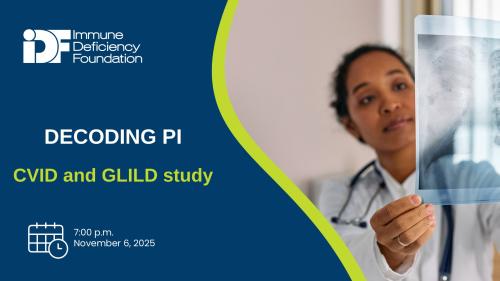Genetics and inheritance
People with CVID usually have normal numbers of the cells that produce antibody (B cells), but these cells fail to undergo normal maturation into plasma cells, the cells capable of making the different types of immunoglobulins and antibodies for the bloodstream and secretions.
The genetic causes of CVID are largely unknown, although recent studies have shown the involvement of an increasing number of genes in select people. These include genes that regulate immune functions, B cell surface proteins that help cells signal properly when a foreign substance is identified, and genes important in B cells activation. Until recently, the majority of the genes identified caused autosomal recessive CVID, but increasingly autosomal dominant inheritance has been reported (one copy of an abnormal gene leading to variable expression). In these cases, other family members with the same genetic abnormality may not have any medical symptoms. As these are very rare gene defects, for the most part, genetic testing is not required for most individuals with CVID. Particularly in those with inflammatory or autoimmune complications, however, genetic studies have been helpful in guiding additional individualized therapies.














